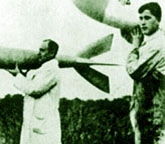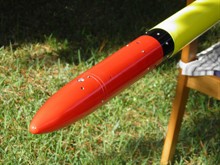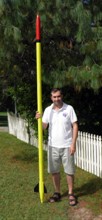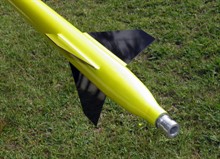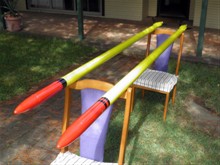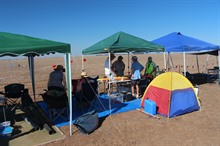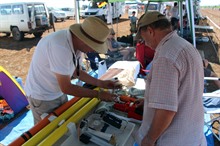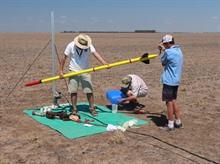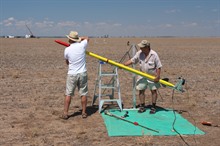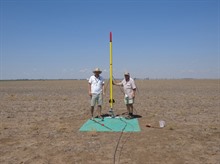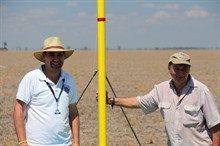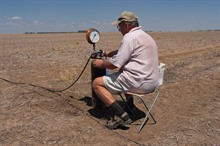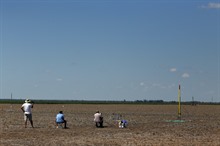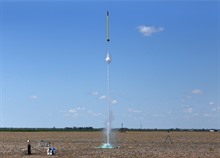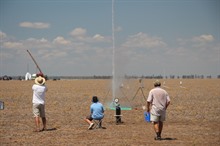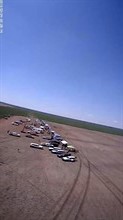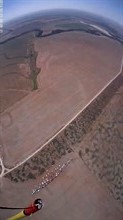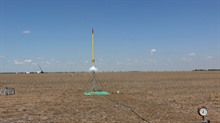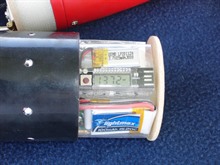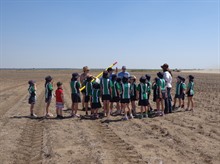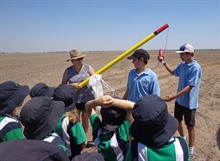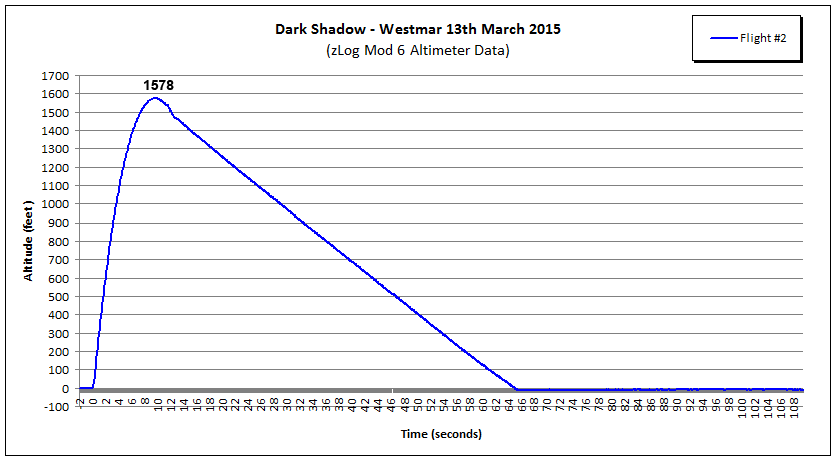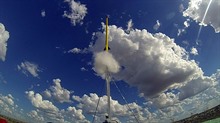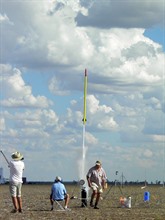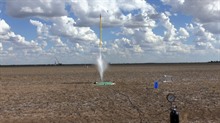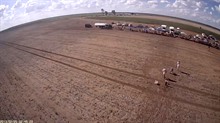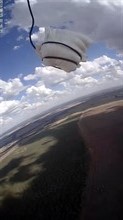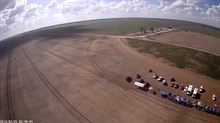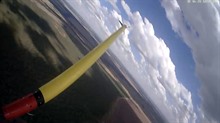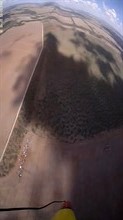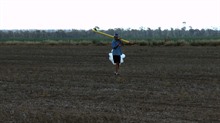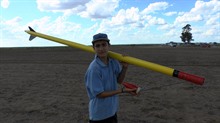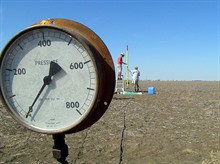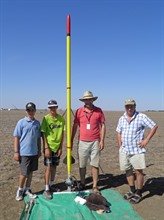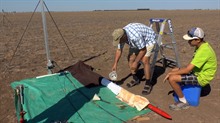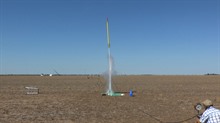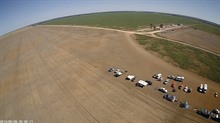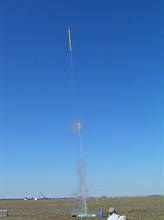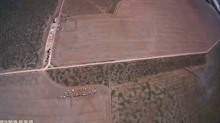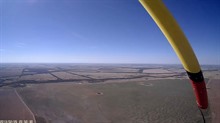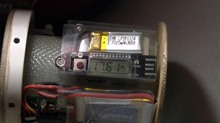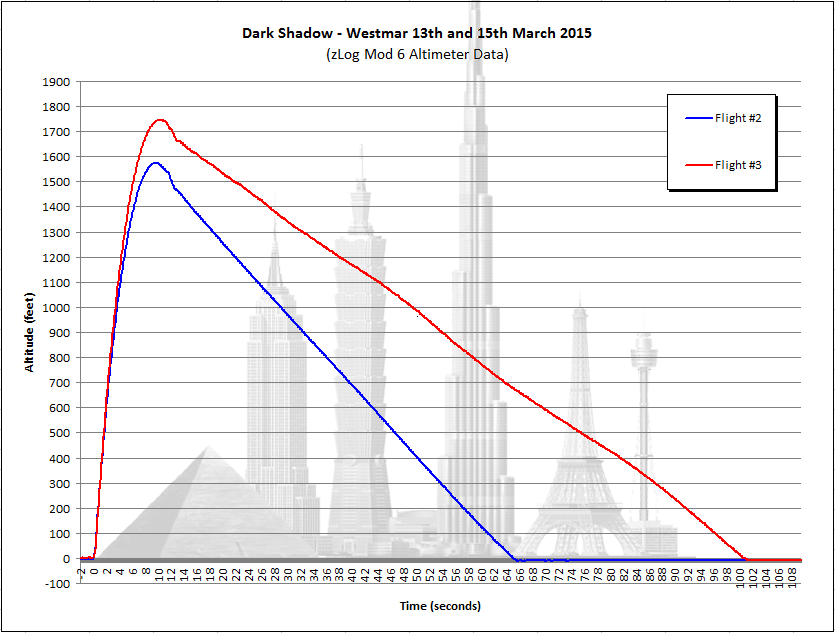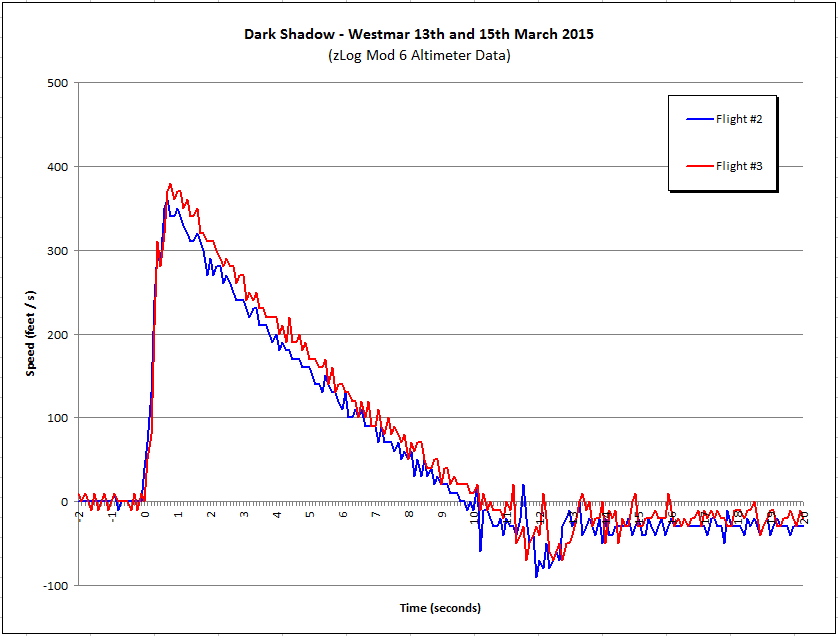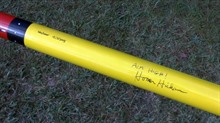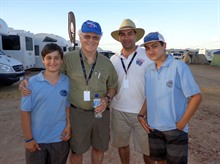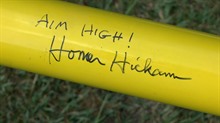 |
 |
|
|
last updated: 9th November 2024 - Day 236 - Launch Tubes #2 |
|
|
|
Splicing Bottles AS#5 |
|
#235 - Coming Soon |
|
#234 - Coming Soon |
|
#233 - Coming Soon |
|
#232 - Coming Soon |
|
#196 - Coming Soon |
|
#193 - Coming Soon |
|
#172 - Coming Soon |
|
|
| FLIGHT LOG | ||||||||||||||||||||||||||||||||||||||||||||||||||||||||||||||||||||||||||||||||||||||||||||||||||||||||||||||||||||||||||||||||||||||||||||||||||||||||||||||||||||||||||||||||||||||||||||||||||||||||||||||||||||||||
|---|---|---|---|---|---|---|---|---|---|---|---|---|---|---|---|---|---|---|---|---|---|---|---|---|---|---|---|---|---|---|---|---|---|---|---|---|---|---|---|---|---|---|---|---|---|---|---|---|---|---|---|---|---|---|---|---|---|---|---|---|---|---|---|---|---|---|---|---|---|---|---|---|---|---|---|---|---|---|---|---|---|---|---|---|---|---|---|---|---|---|---|---|---|---|---|---|---|---|---|---|---|---|---|---|---|---|---|---|---|---|---|---|---|---|---|---|---|---|---|---|---|---|---|---|---|---|---|---|---|---|---|---|---|---|---|---|---|---|---|---|---|---|---|---|---|---|---|---|---|---|---|---|---|---|---|---|---|---|---|---|---|---|---|---|---|---|---|---|---|---|---|---|---|---|---|---|---|---|---|---|---|---|---|---|---|---|---|---|---|---|---|---|---|---|---|---|---|---|---|---|---|---|---|---|---|---|---|---|---|---|---|---|---|---|---|---|
|
||||||||||||||||||||||||||||||||||||||||||||||||||||||||||||||||||||||||||||||||||||||||||||||||||||||||||||||||||||||||||||||||||||||||||||||||||||||||||||||||||||||||||||||||||||||||||||||||||||||||||||||||||||||||
| Day 158 - Thunda Down Under - Dark Shadow Flights | ||||||||||||||||||||||||||||||||||||||||||||||||||||||||||||||||||||||||||||||||||||||||||||||||||||||||||||||||||||||||||||||||||||||||||||||||||||||||||||||||||||||||||||||||||||||||||||||||||||||||||||||||||||||||
|
Date:
13th and 15th March 2015 Location: Westmar, QLD, Australia Conditions: Mostly clear skies, winds 15-25km, ~35-40C Team Members at Event: PK, GK, Paul K, John K and AK Thunda Down Under 2015 - Continued...This is a continuation from the Thunda Down Under launch. For Part 1 please see Day 157. Dark ShadowWe wanted to bring something special to the Thunda Down Under event, and so we started developing this rocket around 8 months beforehand. Dark Shadow is our first serious attempt at building a high altitude water rocket. This rocket was an extension on the lessons learned with The Shadow and Shadow II fiberglass rockets. Just as many have done before to us the main performance upgrade for this rocket was the use of carbon fiber sleeve reinforcing on the pressure chamber. A detailed build log kept over the build period is available here: Dark Shadow Build Log. As a part of the development we redesigned Shadow's deployment mechanism so it was more compact and lighter. The weight of the entire nosecone including all recovery components and electronics came down from 380 grams on the Shadow to 270 grams on Dark Shadow. The overall rocket dimensions are similar and the weight is also comparable. We improved the aerodynamics by including thinner fins, a boat tail and omitted the rail buttons. We dropped the nozzle size down to keep the acceleration to a reasonable level to reduce stress on the deployment mechanism and the rest of the rocket. We equipped the payload section with an HD keychain camera, a zLog Mod 6 logging altimeter and an AltimeterOne so we could correlate the altitude. Parachute deployment was timer based using our Servo Timer II. We used Dean Wheeler's simulator to get an estimate of the correct timing. This turned out to give fairly accurate results. Because this rocket was untested and we didn't know what may happen, early on we decided we would build two at the same time just in case something failed with the first. As it turns out the second one has about 4% more capacity but is a little heavier so both have similar simulated performance. Final Dark Shadow parameters as measured are shown in the table below. Shadow and Shadow II are included for comparison:
Flight 1 - Friday 13/3/2015Flight one was designed as the shakedown flight as there were a number firsts for us that we hadn't tried before. This included a CF compression heated pressure chamber under acceleration, new deployment mechanism under acceleration forces and a new launcher. For this reason we only pressurised the rocket to 500psi (34.5 bar). The deploy timer was set at 9 seconds. Because it was quite a hot day ~35C, while getting the rocket ready out on the pad we placed a number of wet towels over it to help keep it cool. I think this worked fairly well. We also used a couple of temporary rail buttons attached with Velcro that helped guide the rocket straight onto the launch tube. We wanted as few lateral forces on the nozzle as possible to avoid damage to the pressure chamber/nozzle interface. Otherwise set-up and placement on the pad was straight forward. When it came to arming everything it turned out the ladder was still too short to easily get at the camera in the nosecone, and so we pulled down the rocket with the guide rail and launcher and turned on the electronics that way. After everything was running we put the rocket and launcher back and locked it into position. This was a nice feature to have on the quick launcher. A break-wire trigger also meant that handling the rocket this way didn't accidentally trigger the timer. Photos marked with [1] are by Pavel Dvoracek. As we pressurised we paused at 200psi for about 30 seconds and again for a while at 400psi just to give the rocket a chance to cool down a little. The LCO gave us a 3 count and the launcher released the rocket easily. The launch was very fast and straight. We were happy to see the parachute pop out just past apogee and the rocket drifted to a safe landing. Everything survived the pressure, acceleration and landing. With this flight we also set our new personal best altitude of 1372 feet (418 m). Unfortunately at the time of writing we were not able to retrieve the zLog altimeter data so we only have the AltimeterOne data to go by. Simulated altitude was 1457'. The altimeter has a USB connection problem, but the data should still be on the unit. We have sent it back to the manufacturer to see if they can pull the data off via a serial port. If we get the data back, I will post it here. Never mind there were more flights to come. Flight 2 - Friday 13/3/2015We replaced the zLog altimeter with our second one and prepped the rocket again. First though we had to wash out the dirt that was pushed into the nozzle on landing . We again used 1.8L of water in the rocket and set the deployment timer delay to 10 seconds. This time we pressurised the rocket to 600psi (41.4 bar), This was the target pressure for this project. The rocket took off well and again the parachute opened just past apogee. This time the rocket reached an altitude of 1582 feet (482m) which was an average of the readings from the AltimeterOne which gave 1587' and the zLog gave 1575' + 3' (for zero offset) = 1578'. The simulated altitude for this hop was 1732'. The rocket again landed safely under parachute. Plot from altimeter:
Flight 3 - Sunday 15/3/2015We waited for calmer conditions on Sunday morning to launch the rocket again. This time the rocket was filled to 640psi (44.1 bar) and deployment delay was set to 11 seconds. We were aiming for 650psi, but had launched it just shy of that. The rocket went up nicely and reached our new personal best altitude of 1752 feet (534m). This again is an average of the two altimeters. AltimeterOne gave a reading of 1761' and the zLog gave 1747' - 3' (for zero offset) = 1744'. Maximum speed was 380 feet/s (417km/h) @202' and 0.8 seconds into flight. We were very happy with that result, as that far exceeded our expectations. The new altitude is just over 500' (150 m) higher then our previous best of 1248' ( 380 m) with Shadow II. Dean Wheeler's simulator predicted an altitude of 1883' @650psi. We'll go back and adjust the simulator parameters (namely the drag coefficient) so that it gives us results closer to the actual and then we'll have a better model of this rocket for further simulations. Plot from altimeter:
Flight performance info for all 3 flights:
Combined Altimeter Plot:
Combined Speed Plot:
To top off the great flights, as we were heading back with the recovered rocket, we passed Homer Hickam at the flight line and he said he saw the flight and liked it, so I asked him if he could sign the rocket which he was happy to do. :) Thank you Homer! So we ended up with a nice souvenir from the event. There is no visible sign of damage or stress on the rocket which we are happy about. I think we will need to see how far this rocket can be pushed, it probably still has a few psi up its sleeve, although probably not much more. Highlights VideoHere is a highlights video of the 3 Dark Shadow flights: Lessons Learned
Other Flights We also launched one of our regular water rockets just for fun. Since we were in Queensland we had to fly at least one rocket powered by XXXX Gold, The rocket performed as well as expected but there were a lot of sad thirsty faces at the flight line on a hot day. If it is any consolation the XXXX was warm when it went in the rocket. :) We also flew John's new rocket Dust Devil on a B6-4 and then again on a C6-5. We also flew Paul's Pod 2 in a two stage configuration boosting on a C6-0 and staging to C6-5 for a great flight. Both stages were recovered in good condition ready to fly again. Flight Details
|
